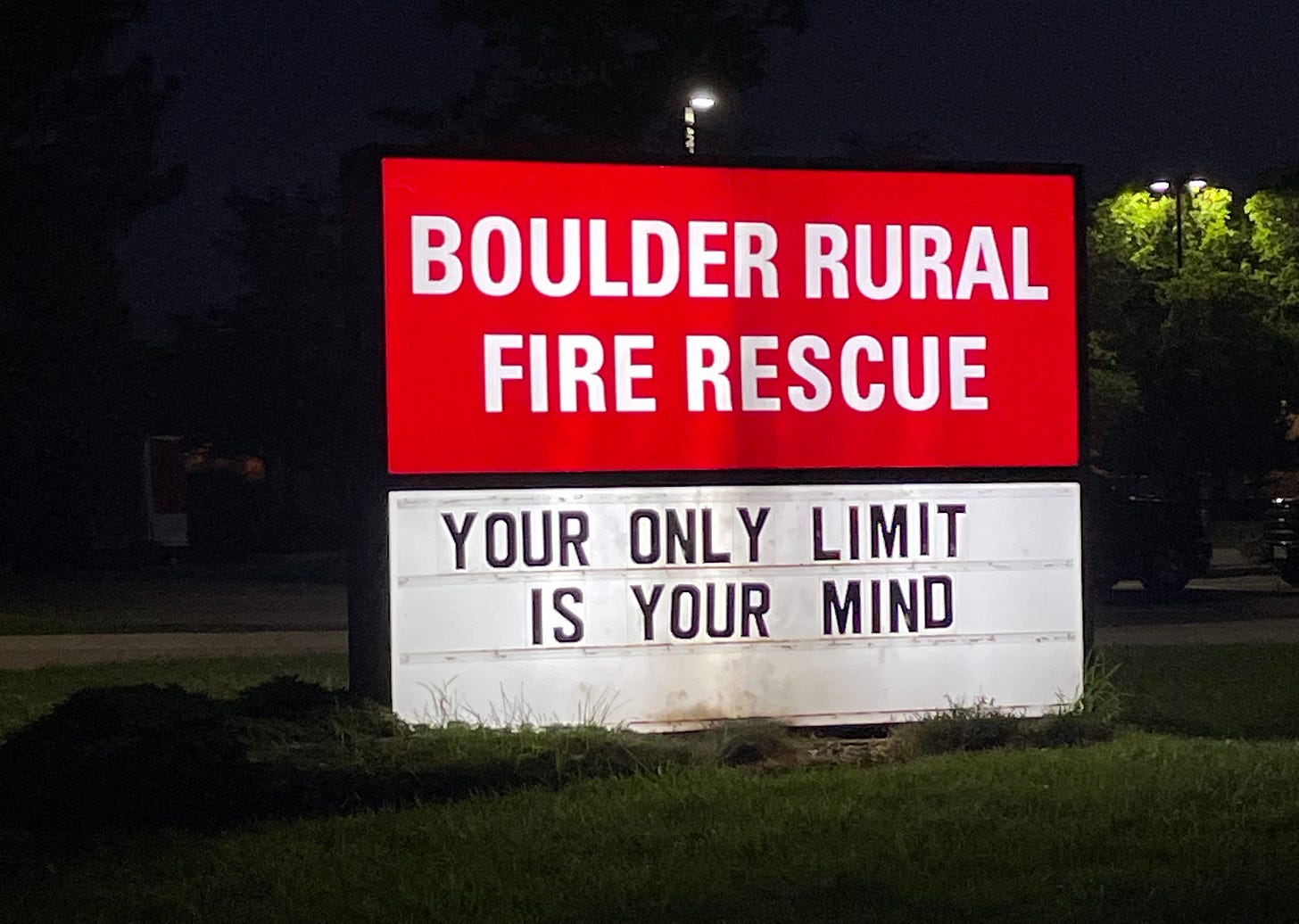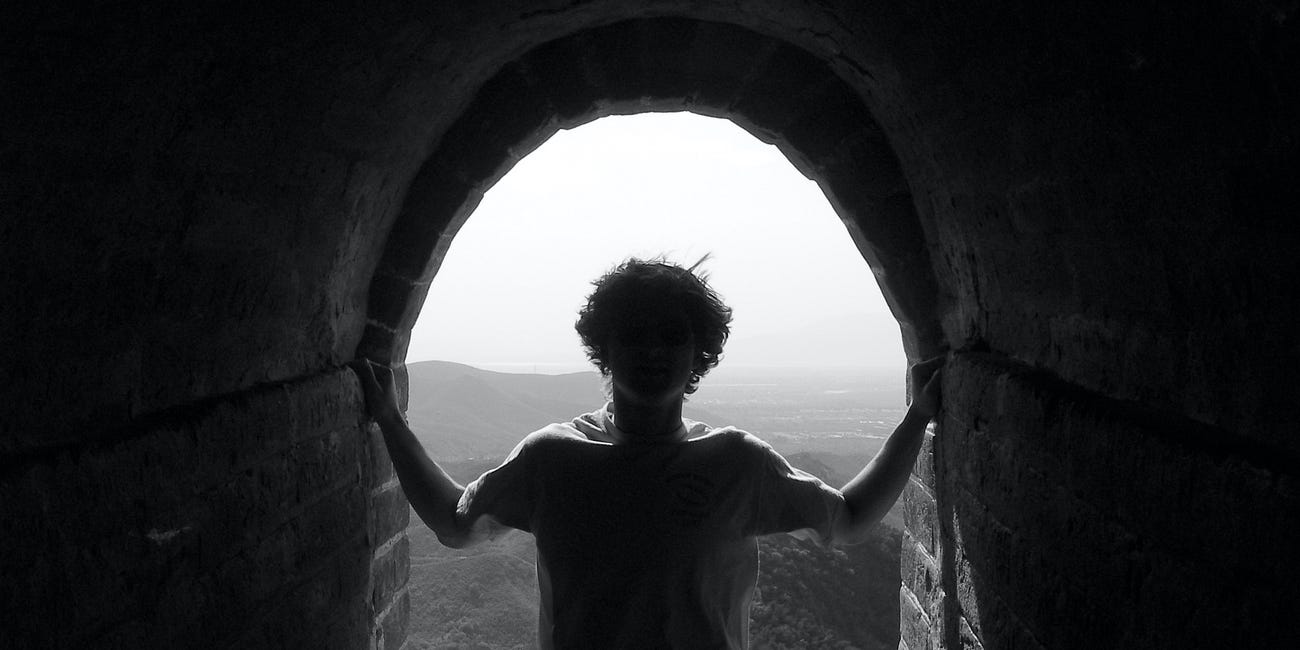This morning at 4:00am I picked up my ex-wife from the hospital. She wasn’t there for herself, but for her work as a birth doula. (If you don’t know, that’s someone who supports women and their partners throughout pregnancy, particularly during the intensity of labor and delivery.) And as the fluorescent lights poured from the hospital doors into the pre-dawn darkness, it hit me . . . while she’s regularly in this space coaxing babies into the world, most people pass by completely unaware of what’s happening inside.
And that’s how it goes, right. For the most part we only see what’s in front of us. We’re the main characters in our own story, and since everyone does the same, it leaves a warehouse of empty room between each of us—a warehouse, as it happens, for our own personal underground scene, closed to the public, selective admission only. Because we are the doormen of our minds, requiring a passcode of our choosing before anyone else gets in.
Out there in the world, most people are content with the aboveground scene—accepting that which is advertised and celebrated, ulterior motives and vested interests ignored. They think they know us; we think we know them. But it’s like Hemingway’s iceberg theory: what makes it onto the page (in this case, that being our public image) is only the visible tip of the whole story, an incomplete visage buoyed by our histories, experiences, philosophies which remain obscured beneath the surface.
Honestly, that’s fine—we all do it. The trouble comes when we forget that what we see is only the façade. Social psychologists call the consequence of this the fundamental attribution error: others’ actions result from a flaw in their character, while ours’ result from circumstance. When someone else is late, they’re lazy; when we’re late, it’s the traffic. Or as George Carlin once said: have you ever noticed how everyone driving faster than you is a maniac, and everyone driving slower is an idiot?
It’s no revelation that everyone is fighting their own battles. What amazes me is how close these battles rage while we pass by unaware. I wish it were as easy as saying “out with it” and everyone would share in the universal struggle. But we don’t want to do that. And I don’t think it’s an issue of can’t as much as won’tbecause the truth is keeping things underground is cool.
I’ve always loved the idea of an underground scene. Places only whispered about, things you know of which others don’t. This makes us special. Perhaps that’s obvious when a scene is external, brag-worthy (especially when speaking of it is forbidden), a marker of social capital; but I’d argue this holds true for our interiority, as well. Underground means unavailable to the masses and, because most of our life is unavailable to the masses, we can all claim being underground to some extent.
If the external underground is cool, then there’s just as much coolness to the internal underground, even if we don’t readily recognize it as such.
As
says in her article Cool Self: Like beauty, there’s an inner cool and an outer cool. Inner cool is closer to self-worth and self-actualization; outer cool is a never-ending game of belonging and status. Ideally, you want to focus on cultivating the inner cool, make it spill over into the outer cool, and live in that state of being as much as you can.We can attach a lot of reasons to the things we hold inside: shame, guilt, regret. But what about mystery? Mysterious things are cool. The underground is mysterious. The underground is cool. Switching into this logic is only a matter of mind.
The thing is we’re all a lot closer to doing this than we think.
Let’s get out of the abstract for a moment. Take the cities we live in. The built environment itself reflects our internal human nature.
I used to live in a town full of well-kept bungalows with manicured lawns and beautiful sidewalks where I’d make rounds with the dog. Soon, though, bored with the view, I took to the alleyways instead. The alleys revealed a lot more about who was living there than the street view.
People understand curb appeal, but don’t actually try very hard to hide what lies behind it. And when there’s more truth in one stretch of alley than on a dozen sidewalk blocks, I’d say that warrants a change in perspective. Of course, we’ll never fully understand every underground scene around us. Though we might as well start with our own.
Because there are babies being born every day, right beneath our noses . . . and sometimes a healthy sense of mystery takes its first breath, as well.
Inhale. Exhale.
-Martin
If you liked this one, here’s another . . .
Alleyways, Pt. 1
My old neighborhood was full of multicolor bungalows. One even had a pair of giant metal bugs mounted on the roof—no H.O.A. in these parts—which meant the streetside views tended to be entertaining, not to mention full of friendly people in their front yards. But whenever I went out to walk the dog, I usually chose to veer off the sidewalk altogether, p…




